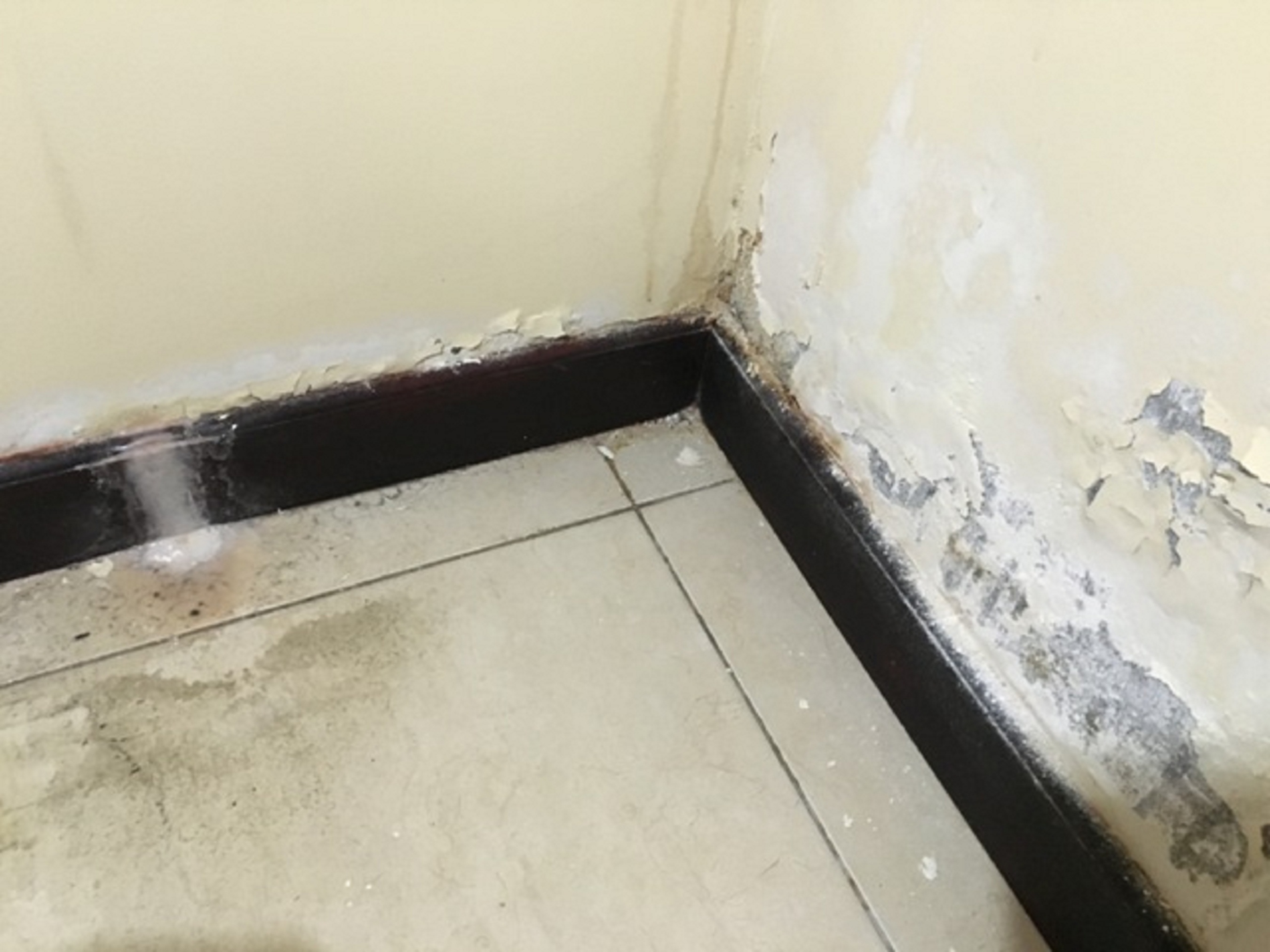Just how do you really feel when it comes to How to Prevent Bathroom Water Damage?

The bathroom is extremely susceptible for damp buildup and also possible water damages due to the frequent use of water in it. This short article uses straightforward examination strategies to aid detecting water damage risks.
The regular use water in the shower room makes it very at risk for wet buildup and also potential water damage. By inspecting it regularly, you can reduce water related damages.
The complying with collection of assessments is very easy to do as well as must be done when in every 3 months in order to maintain your washroom healthy and also to stop possible water problems triggered by the tub, the shower, pipe joints and also plumbing, sinks, cupboards, as well as the bathroom
Do not overlook carrying out these evaluations and also be detailed while performing them. Remember that these straightforward assessments can conserve you a lot of cash by giving very early indicators for water damage
Tub and Shower
The shower and bath tub call for special attention and upkeep. Check the ceramic tiles and also change if broken. Ensure that there is no missing out on cement between the ceramic tiles. Check as well as replace cracked caulking at joints where the wall surfaces fulfill the flooring or the tub. Clogged drains and also pipelines issues will prevent the bath tub from drying out as well as may indicate serious problems under the tub. Speak with a professional immediately to stop structural damage. Pay attention to stainings or soft areas around the bath tub walls as they may show an interior leak.
Plumbing
Signs for water damages are difficult to discover considering that many pipes are mounted inside the walls.
Pay special focus to flooring and wall surfaces wetness and spots as they may indicate an undetectable plumbing trouble. Check dampness levels in adjacent rooms also.
Sinks and Cabinets
Sinks and also cabinets are revealed to moisture and moisture daily as well as are often neglected. Evaluate frequently under the sink and also on the countertop above it. Fix any kind of drip in the trap as it might suggest drain troubles. Look around the sink, sluggish draining pipelines may suggest an obstructed drain. Change sink seals if they are fractured or loose.
The Bathroom
The commode is a susceptible water joint. Examine the water lines as well as look for leaks around the bathroom seat, in the tube, as well as under the water tank. If you discover any kind of signs of wetness on the flooring around the commode, check for leaks in the toilet edge and storage tank seals.
Know that hanging toilet dish antiperspirants increases the possibilities for obstructions.
How to Prevent Water Damage in Your Bathroom?
Water damage repair is an expensive, meticulous, and lengthy process. Unfortunately, bathrooms are the most susceptible rooms to water damage due to toilets, showers, and sinks. Pipes and fixtures wear out over time and are not immune to damage. But all is not lost, as there are ways to prevent water damage from occurring in your bathroom.
Check Your Plumbing
Nothing lasts forever, especially pipes, which can rust and begin leaking over time. You should periodically conduct pipe inspections and pay attention for any musty smells or water stains that may indicate you need water damage repair. Here are some things to check:
Frequently test valves for your toilet, shower, and sink to ensure they are properly working. Check faucet supply lines hidden under vanities and replace when needed. Replace cracked or deteriorating caulking along sinks, tubs, and showers. If you notice a clog in your sink, call in a professional. Since you can’t check the pipes in the wall, keep an eye out for stains, drywall bubbling, musty smells, and excess moisture; if the bathroom is on a second level, check the ceiling of the room directly below for these signs. Don’t Overwork Your Toilet
One of the most common reasons bathrooms need water damage repair is due to overflowing toilets. Save yourself the hassle of cleanup by being mindful and not pushing your toilet to extreme limits. If you have young children, it is especially important to keep an eye on them when they are in the bathroom and to teach them how to avoid clogging the toilet. Here are some more tips to help prevent your toilet from overflowing:
If you have a septic tank, only use septic-safe toilet paper Do not flush anything down the toilet besides toilet paper; items like diapers and sanitary napkins will clog the piping Pay attention to your toilet’s water level: If it’s low, it could mean it is partially clogged or that there is a crack in the toilet bowl Maintain Your Shower/Tub
Replace showers or tubs with cracks or other damage; even hairline cracks can allow water to seep in and cause damage. Grout and caulk help prevent water from seeping into walls and floors, so repair them if they are chipped, cracked, or deteriorating. Replace torn shower curtains or shower doors with seals that no longer work. Dry the floor and drain water from the tub immediately after use to prevent damage from sitting water. https://www.alure.com/home-improvements-blog/resources/how-to-prevent-water-damage-in-your-bathroom

As a passionate reader about How to Fix a Water Damage Bathroom, I was thinking sharing that piece of content was important. Be sure to take the time to distribute this page if you appreciated it. I appreciate reading our article about Common Causes of Water Damage in a Bathroom.
Book An Estimate Now